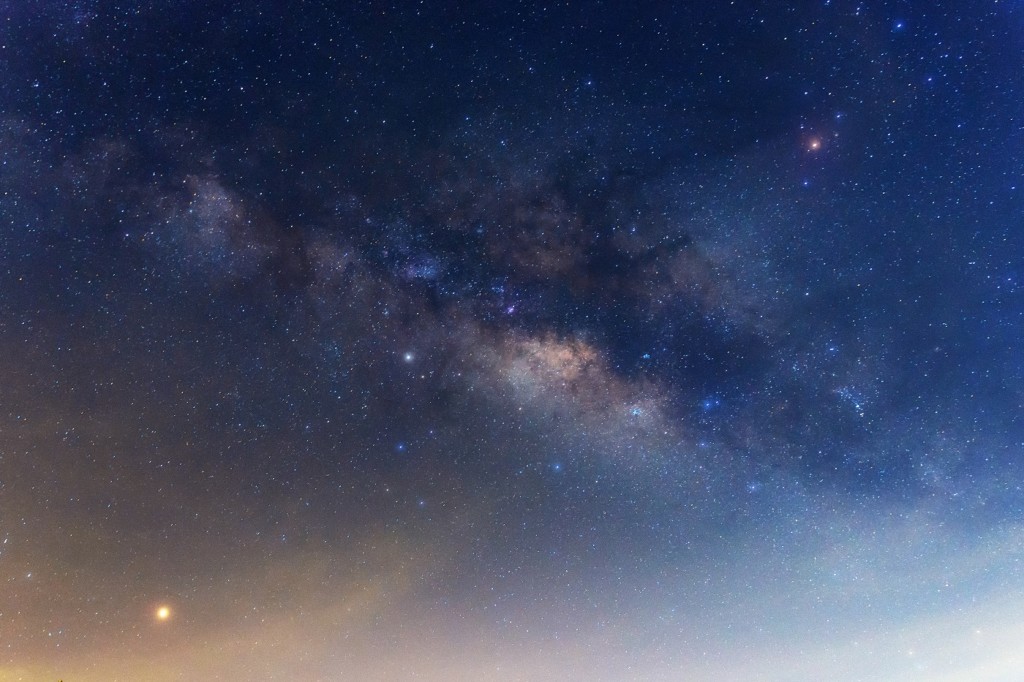Chakras

Chakras are powerful energy centres (in Sanskrit chakra means spinning wheel). Their role is to maintain our well-being. Known for thousands of years by Asian cultures, the West still seems to underestimate them.
Ayurveda considers the human being as a whole, whether in terms of the physical or energetic body.
There are 7 main chakras (of which there are thousands), which are the manifestation of Nature’ s consciousness in the human body, with the essential function of circulating energy within the body. They are the link between the physical body and the subtle body (all the invisible energies of the human body).
These vortexes, spirals, whirlpools of energy or wheels of light rotate in relation to the energy flowing through them and are linked together along the spinal column, i.e. from the sacrum to the top of the skull, each with a precise function due to its ‘positioning’. So there is a correlation between the chakra and the organs (or glands) of the physical body located nearby.
Each chakra performs an essential function, and a ‘slowing down’ of the chakra leads to physical and/or mental disturbance.
Our memory is ‘anchored’ in our chakras just as it is in our cells, so our existence (physical, physiological, emotional) is influenced by the vital force generated by these chakras and also by the way we ‘consider’ them.
So when a chakra is ‘open’ (imagine a lotus flower spinning as they are often depicted), the energy flows and there is no blockage. If the chakra is not open (imagine a lotus flower that turns slowly, closes and withers), the energy remains blocked and the unhappiness manifests itself.
It is possible to reactivate the opening of the chakra by changing our lifestyle, our diet, our habits, our thoughts etc….
There are many ways of doing this, including yoga, meditation, music, colours, reciting mantras and the help of a practitioner. We are fortunate to be spoilt for choice.
In ancient sacred texts, each of the chakras is represented by a lotus flower with a certain number of petals, and each is associated with a part of the body, a colour, a sound or a vital need.
Here’s a description of the main chakras; note that there are different ‘perceptions or definitions’ depending on the author. The most important thing is always to bear in mind that there is always a tiny element of subjectivity in the interpretation of one thing or another, and to bring objectivity back into your own interpretation and, above all, your own knowledge and experience. With the aim of our own well-being and that of others.
THE 7 CHAKRAS
MULADHARA chakra or root chakra
Linked to the element Earth. Primordial because it is the link between the exterior and the interior, associated with survival. Located at the level of the pelvic plexus (gland; uterus, prostate) Red colour. Lotus 4 petals.
SWADHISTHANA Chakra, or belly chakra
Linked to the element Water, associated with creation and procreation. Located below the navel (gland; ovaries, testicles). Orange colour. 6-petalled lotus.
MANIPURA Chakra or solar plexus chakra
Linked to the element Fire, associated with power and the ego. Located under the sternum (gland; pancreas, adrenals) Yellow colour. Lotus 10 petals.
ANAHATA chakra or heart chakra
Linked to Air, associated with love and compassion. Located in the heart and between the shoulder blades (gland; thymus). Green colour. Lotus 12 petals.
VISHUDDHI Chakra or Throat Chakra
Linked to the element Ether, associated with communication, located under the Adam’s apple and the 7th cervical (thyroid gland). Blue color. Lotus 16 petals.
AJNA chakra or third eye chakra
Linked to all the elements, associated with the spirit and inner perception, located between the 2 eyes and the occiput (pituitary gland), colour indigo, lotus 96 petals.
SAHASRARA chakra or crown chakra
Linked to all the elements, associated with highly developed consciousness (cosmic). Located in the fontanelle (pineal gland). Violet colour. Lotus 1000 petals.
